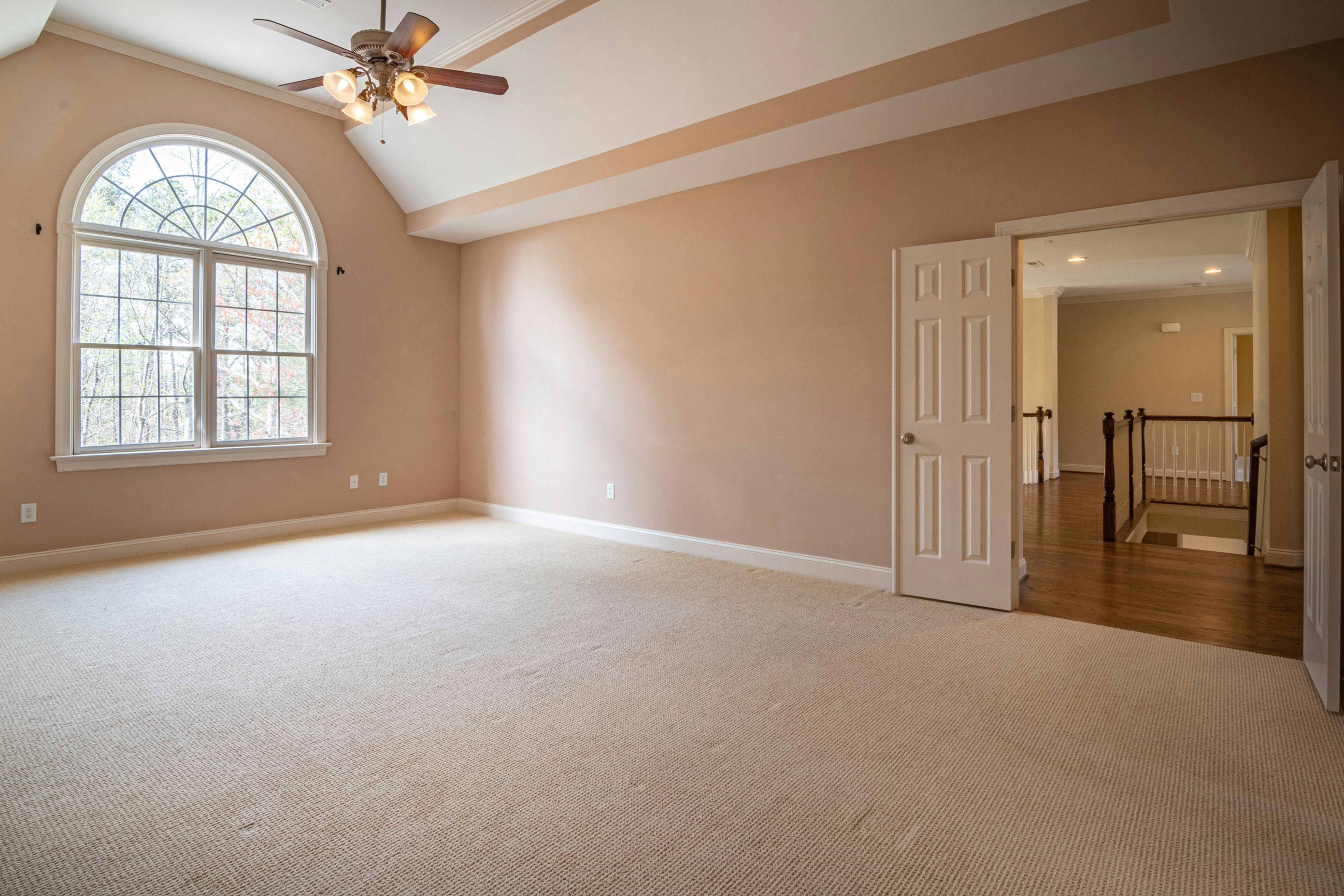When most people think of ivy-covered houses, images of sprawling English mansions and magical cabins in the woods come to mind. In cases where ivy has had years or even decades to grow, lush greenery takes root in the bricks and crevices of a home, creeping up the sides to cover the entire property. Although this picturesque greenery is often featured as an attractive selling point when prospective buyers are searching for homes for sale, there are a few considerations to keep in mind before taking the final step into a home covered in these hanging vines.
Con: potentially weakened structure
Loose bricks, cracked mortar, and other imperfections can easily penetrate climbing ivy. Buyers should be particularly cautious of brick homes that were built before 1930, as the lime-based mortar used in brick is not as strong as modern mortar. Invasive ivy can widen existing cracks while allowing moisture to enter the opening made by the vine. While a certain amount of moisture in the structure of a house is considered normal, dense blankets of ivy can cover a wall and trap moisture inside, which can result in rotting wood and deteriorating masonry. Additionally, the leaf cover makes the damage difficult to see, so prospective buyers should make sure to conduct a thorough inspection of homes for sale that are covered in attached ivy.
Pro: the greenhouse effect
According to a recent study by the University of Oxford, thick ivy protects the walls of buildings by acting as a heat shield. Extreme temperatures and fluctuating humidity levels can wreak havoc on the walls of a home, but a canopy of ivy can insulate the walls from some of these effects while protecting against damage from pollution. In addition, the study found that ivy acted as a kind of thermal blanket: in the winter, it warmed the walls by up to 15 percent and in the summer it cooled them by an average of 36 percent. For homeowners looking for a profitable and literally green residence, ivy covered homes for sale may be the best option.
Con: invasive pests
While ivy protects your home, it also offers protection from all kinds of invasive pests and insects. Insects can swarm in ivy to protect themselves from the elements and predators, or they can choose the leaves as a food source. Whatever the case, these insects can have a tendency to make their way into the home through cracked doors and windows at much higher rates than in a home that is not covered in plant life. It is important that prospective owners consider the pest control that will be needed to eradicate unwanted guests.
Advantage: Low-maintenance curb appeal
At the end of the day, the beautiful greenery makes ivy-covered homes extremely attractive to look at, and the flower varieties can add an additional seasonal burst of color. The plant does not require special watering once it has begun to take root, although it may require regular pruning if you want to keep it away from the wood trim or to prevent it from climbing up the ceiling or other walls.
When properly maintained, ivy-covered homes can be attractive and even profitable. However, it is important to note that it will take extra effort for pest control, regular structural inspections, and pruning. Weigh the pros and cons to decide if a green and green home is right for you.


